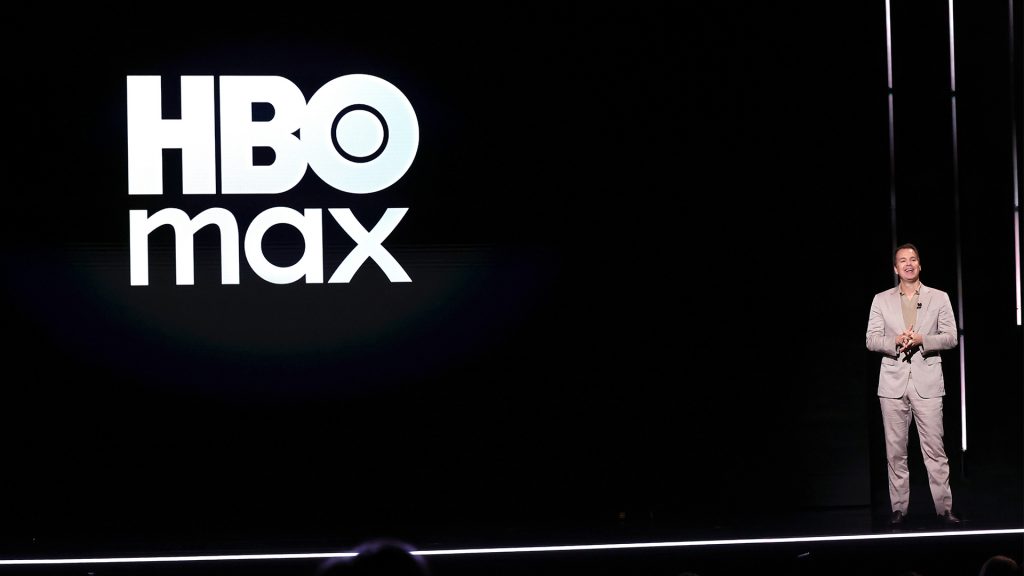What’s in a name? HBO makes a comeback after 2 years of Max

Warner Bros. Discovery announced it would return HBO to the title of streaming service, Max, two years after removing the brand to make way for more family-friendly entertainment. Switching names can be a common practice for big-name brands as they attempt to broaden their audience.
HBO or no HBO?
Warner Bros. Discovery removed the “HBO” from “HBO Max” in 2023. At the time, the company attempted to leverage the content it owned from brands including Discovery, HBO and CNN.
“So HBO is very well known for premium broadcasting and premium adult entertainment,” Barbara Duffek, associate professor of marketing at Georgia State University, told Straight Arrow News. “So they wanted to appeal to a wider audience, and that was their reasoning behind removing HBO from the brand name.”
After the company dropped HBO from its streaming service’s name, it was still producing acclaimed content from the premium brand, including “White Lotus” and “The Last of Us.”
Following the name change, Warner’s streaming properties — including Max and Discovery+ only lost a few million subscribers in the immediate aftermath. And even then, Warner said it was due to content overlap between its services.
The losses quickly reversed. WBD platforms boasted 95.8 million subscribers as of August 2023. The company then reported 122.3 million subscribers in its most recent earnings report in May 2025. Despite the limited impact on the numbers, the company reversed course at industry meetings in May.
“We will continue to focus on what makes us unique — not everything for everyone in a household, but something distinct and great for adults and families,” JB Perrette, WBD president and CEO of streaming, said in a statement. “It’s really not subjective, not even controversial — our programming just hits different.”
“So what [Warner] essentially did, removing the word or the brand tag HBO, from HBO Max, was to remove some of that element that people held positive associations of and people held positive awareness of,” Duffek said.
The importance of branding
Duffek explained the importance of a name and brand in a successful business.
“Branding is a core part of marketing, after the four P’s: product, price, place, promotion, branding, is what brings everything together and what helps companies communicate consistently with the consumers,” she said.

Duffek used Kevin Keller’s brand equity pyramid, which is used to understand building strong brands, to explain how companies become household names.
“You first need to build brand awareness,” she told SAN. “So if no one is aware of your brand, you cannot really have a brand to stand for. Once you have built awareness, people know your brand, you also want to have positive associations of your brand. You want to ensure that brand has a positive meaning to customers.”
“Once you establish meaning, you want to trigger positive responses from consumers, and only then you can get to a strong brand equity and brand loyalty, where people would actually be loyal to your brand. They are willing to protect your brand, they are willing to stand up for your brand. They would go to your brand rather than another equivalent.”
Rebranding to stay relevant
Companies altering the names of benchmark brands is a common practice.
Pepsi-Cola started as Brad’s Drink until it changed its name in 1898. Meanwhile, Nike was originally called Blue Ribbon Sports until 1973.
More recently, Facebook and Google changed the names of their parent companies to Meta and Alphabet, respectively.
“Proactive rebranding is when you’re rebranding based on consumers, changing needs, changing trends, changing opinions,” Duffek explained. “So you want to be known for something new. So, for example, Facebook rebranding to Meta. They wanted to be known essentially, to be moving towards the metaverse.”
Duffek drew a distinction between proactive and reactive rebranding.
“So, let’s say you are in a merger and acquisition, or you are in the center of a crisis,” she said. “Brands may need to rebrand because they want to pull away from those negative associations, and they are rebranding to create new associations.”
Simplifying brand identity
There are other reasons to adjust a company’s branding. Sometimes that includes removing qualifying words as they move into other markets.
Apple dropped the word “computers” from its brand name in 2007 as it shifted focus to consumer electronics like the iPhone and iPad. Dunkin’ Donuts removed the pastry from its name in 2018.
“People already knew the brand as Dunkin’ before,” Duffek said. “So many people were actually referring to the brand as Dunkin’.”
“From a consumer perspective, ensure that consumers find you, and consumers find it easy to find you, because there are so many competitors out there. You, as a consumer, want to go with the brands that you recall immediately.”
Shortly after Elon Musk purchased Twitter and took the company private, he changed the name to X to align with his other business ventures.
“Elon Musk himself is a brand, right,” Duffek pointed out. “So if you think about branding again, he is able to come up with this brand and introduce it as a successful brand, because he may be borrowing from associations from himself too.”
Duffek added that it may be harder to get users to break the habit of calling posts “tweets” since Twitter was an early social media platform and had somewhat of a synonymous brand name.
Not every change works
Netflix got caught up in a rebrand early in the streaming revolution. In the early 2010s, the company was still known for its DVD-by-mail service, and streaming was in its nascent phase. In early 2011, Netflix tried to split the business and change naming conventions. Streaming would remain Netflix, while DVD-by-mail would become Quikster.
“Sometimes companies do that to be known for something else,” Duffek said of the move. “And that could be one way if a company wanted to branch out into a completely new domain and make sure that it doesn’t hurt their own brand. It is a way to introduce a completely new brand for that.”
At the time, Netflix shareholders and customers swiftly opposed the move, and the company ultimately abandoned the plan.





